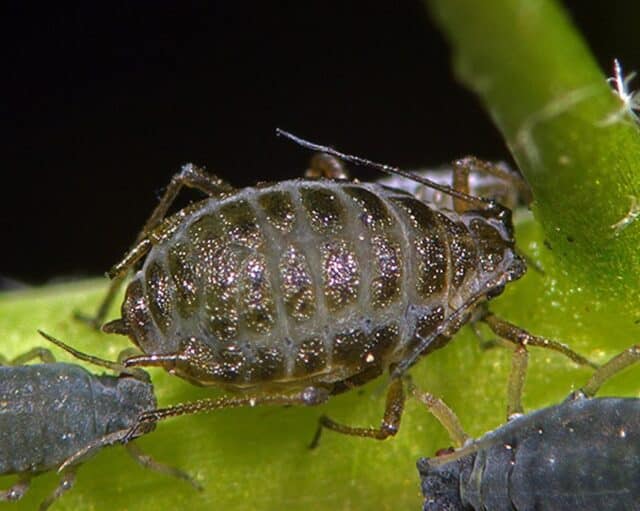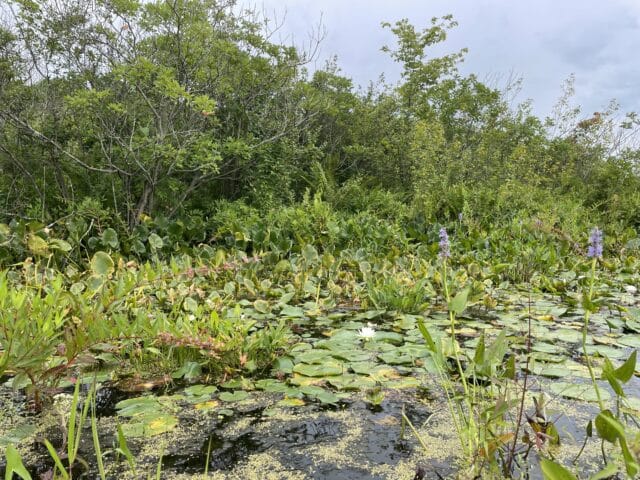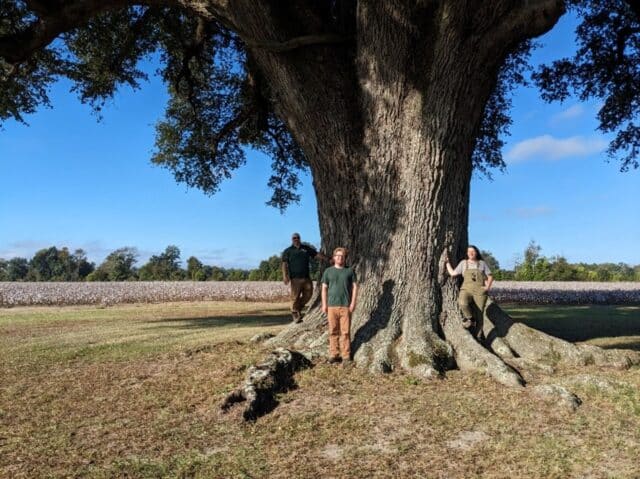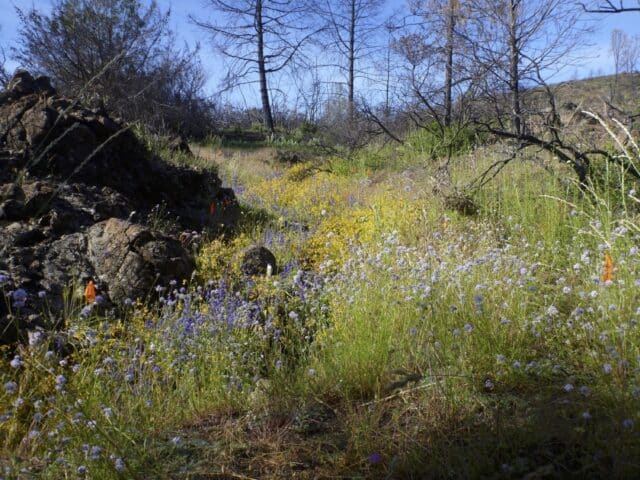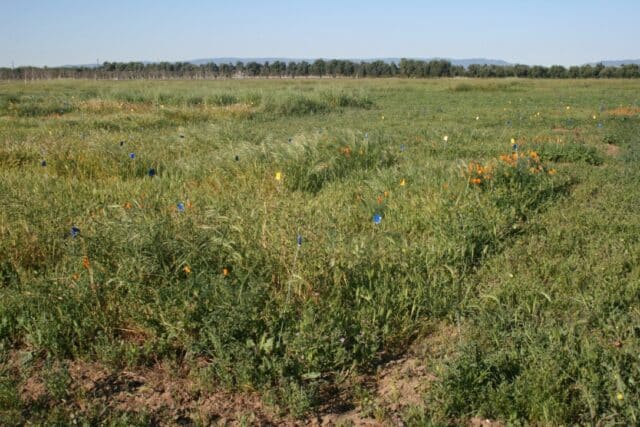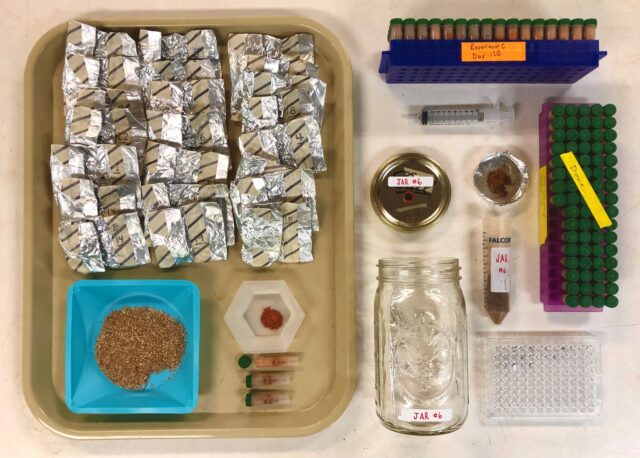
Ahh-choo!
It’s the end-of-summer hay fever season once again and people are feeling it. The poor goldenrod is often blamed, so it’s time for me to get on my soapbox again to defend a plant.
It’s easy to come to the wrong conclusion. Looking out at our local unmown fields, there is a sea of yellow blooms that catch the eye. There are so many of those flowers, people often think they must be the source of the runny nose and itchy ears, but they may not have all the facts.
Not all plants dump pollen in the air. Those are usually ‘wind-pollinated’ versus ‘insect-pollinated’ flowers. Plants that rely on wind pollination need to make a huge amount of pollen because most of it is lost and doesn’t get to another flower. People may not even be allergic – meaning not having an actual histamine reaction within the blood stream, but the amount of pollen in the air can irritate the sensitive lining of the nose and lungs and still make a person miserable.
Both pollination types have their risks – wind pollination makes the plant waste extra energy creating pollen that will never be used. Insect pollination requires having those insects around and if they die, the plants will never be able to make seed.
The good news – The pollen of goldenrod is sticky because the flowers are pollinated by insects. The pollen sticks to insects when they gather nectar from the flowers and the insects move it to other flowers. It is not airborne. You can be allergic if you rub up against it, but it is not flying around and getting in the nose and eyes.

The bad news – ragweed is wind-pollinated and easily hides in the same places where goldenrod grows. There are two different species locally: giant ragweed, Ambrosia trifida and common ragweed also known as annual ragweed, Ambrosia artemisiifolia. – both native to North America and found in every state except Alaska. It’s not native to Hawaii, but ragweed is there and our native species are invasive around the world in Europe, Asia and even Australia. Science has found that each plant of ragweed has the ability to produce up to a billion pollen grains every year so there’s really nowhere to hide.

Goldenrod gets blamed because the bright yellow flowers are so noticeable (to attract those pollinators). Both species of ragweed are usually out there in many of the same habitats, but they’re a bit shorter (at least common ragweed) and the flowers are small, basically green and pointing towards the ground so they are easily missed. Giant ragweed is much less frequent than common ragweed.
So next time you’re sneezing or trying to find relief from the runny nose of late summer/early fall, just realize the culprit may not be as obvious as it seems.

Dawn Gerlica
Senior Horticulturist
Dawn Gerlica has worked at HF&G in varying capacities since 1987. She has worked under various titles, including: Seasonal, Field Botanist, and now, Horticulturist, responsible for the grounds at Lantern Court. Dawn attended Hiram College where she minored in Environmental Studies while earning a degree in Biology.
